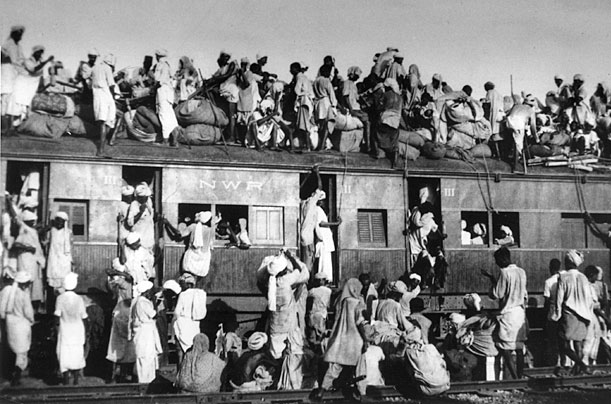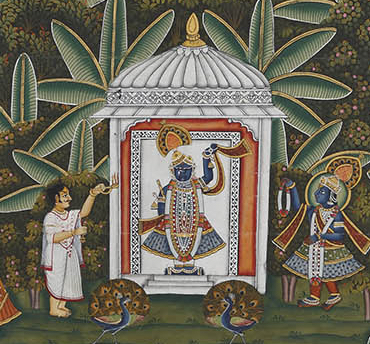
A train near Delhi, 1947; image courtesy Wikipedia Creative Commons
On August 17 1947, two days after independence from foreign rule was celebrated across India, an announcement was made about the Radcliffe Line. This boundary drawn up by the British lawyer for whom it is named would divide India from Pakistan. Before it was fully enforced, this hastily drawn partition would create 15 million refugees and result in the death of between 1-2 million people on both sides of the border. Today, the India-Pakistan Partition is acknowledged as the largest mass migration in modern history. And yet, we read so little about it in our history books. Other than the odd film or play that tells the story of its survivors, the event doesn’t seem to occupy much space in our collective memory.
Dr Guneeta Singh Bhalla is hoping to change that with her organisation, The 1947 Archive, which collects the oral histories of eye-witnesses to the Partition. At a recent Sarmaya Talks event, Guneeta shared some early insights gathered by her team of volunteers. Some of these fly in the face of many popular notions we all hold about this catastrophic and under-reported episode in the history of our nation.



